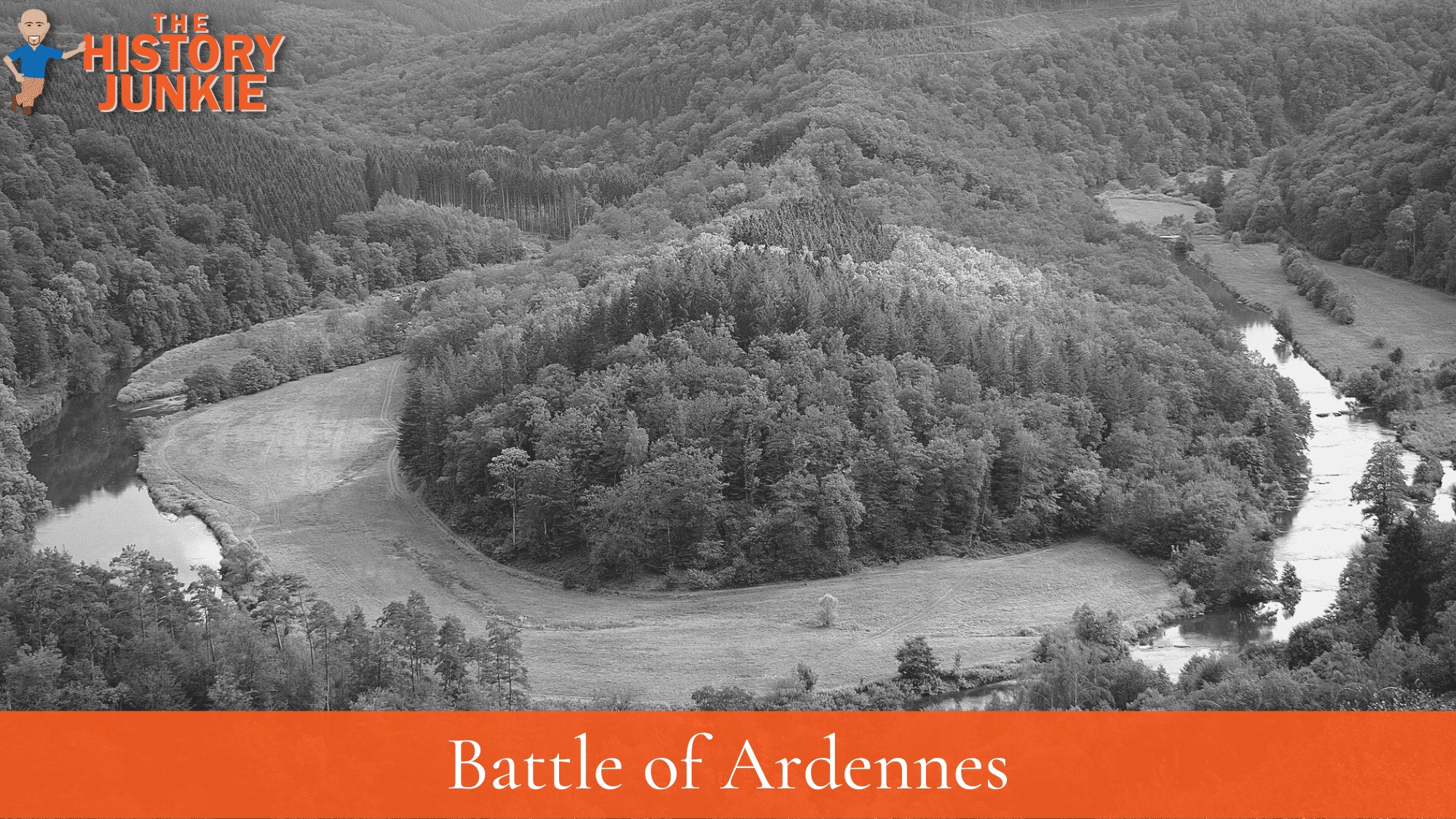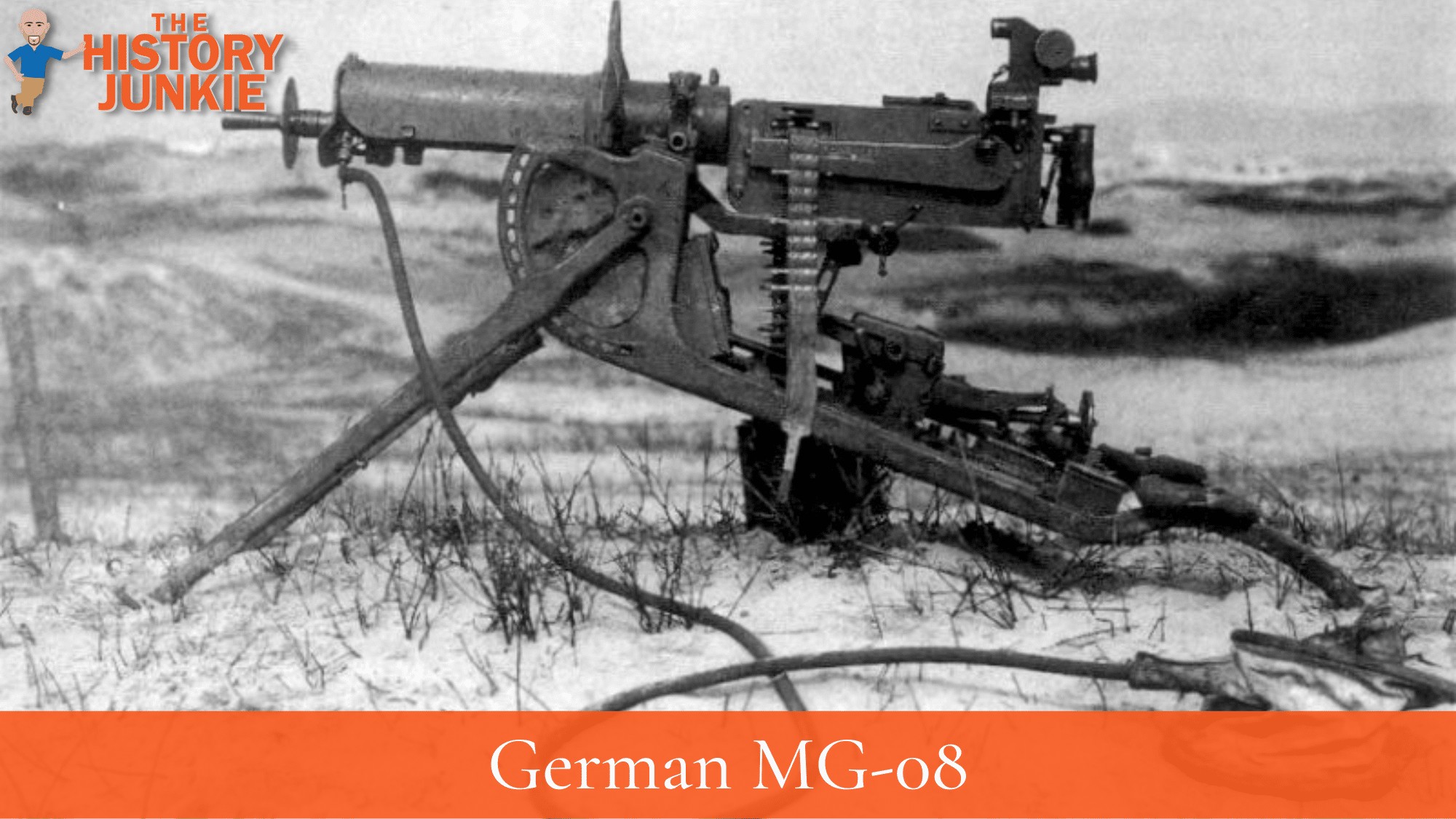The Battle of Ardennes was fought between August 21-23, 1914, and was one of the Battles of the Frontiers.

The battle occurred due to aggressive movements from the French and Germans. The Germans were implementing the Schlieffen Plan while the French were implementing Plan XVII, and both were built on overwhelming the opponent with aggression.
Jump to:
Both of these strategies collided in the lower Ardennes forests.
By August 20, it was becoming apparent to General Lanrezac's French Fifth Army and then to Commander-in-Chief Joseph Joffre that a massive German presence was gathering in the area.

That same day, the Germans launched a counter-offensive against the French advance into Lorraine. Even so, Joffre authorized an invasion of the Ardennes on August 20 for the following day.
Background
Two sets of armies joined the battle on both French and German sides: General Pierre Ruffey's Third Army and, further north, General Fernand de Langle de Cary's Fourth Army, fought the German Fourth and Fifth Armies: the former led by Duke Albrecht, the latter by Crown Prince Wilhelm The two German armies together formed the center of the German Schlieffen Plan's advance into France.

The French Fifth Army, meanwhile, had been despatched northwards to Charleroi on the back of news of a German build-up of strength in Belgium.
Germany began to advance through the Ardennes forest and, by August 19, were building defensive positions as they marched forward. These defensive positions would allow them to cover from gunfire if they needed to fall back during the Battle of Ardennes.
The French strategy was to attack the German center in the flank as it passed through the Ardennes forest.
Both strategies seemed sound on paper, but the fog of battle disrupted them. there was a thick fog that fell onto the forest and caused each army to fumble around. There was little scouting either could do due to the lack of visuals, and the information they received was sketchy.
The French believed that the Germans were traveling with a small screening force when the truth is they were coming in with a large force that outnumbered the French by a great number. However, neither the Germans nor the French knew the numbers, so the first day was filled with small skirmishes.
The Fighting
The Germans were aware of the terrain and took up excellent positions for defense. It was also to their advantage that their uniforms blended in with the fog rather than the French, who had bright uniforms that made them easy targets through the fog and forest.
Still, the French went on the attack and, despite their bravery, were mowed down by efficient German machine gun fire that was supported by heavy artillery. Once again, the Germans took advantage of French aggression just as they had done in the Battle of Haelen.

The Germans built trenches and bulked up their defensive positions, and in contrast, the French began a disorderly retreat on August 23, which allowed the German army to pursue the French Third Army to Verdun and the Fourth Army to Sedan and Stenay.
It seemed as though the Germans would have their way, but the Fourth Army did temporarily halt the Germans from August 26 - 28.
As a consequence of the poorly managed French retreat, the Germans were able to take possession of important iron resources and were able to continue their advance into France.
It seemed clear the French Plan XVII was not effective, and a new strategy needed to be implemented. However, Commander-in-Chief Joseph Joffre stubbornly blamed the poor performance of his forces on leadership and lack of aggression instead.
